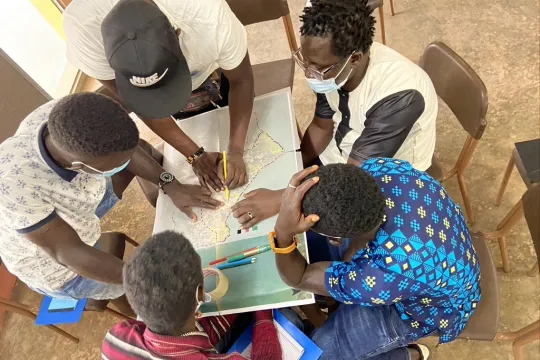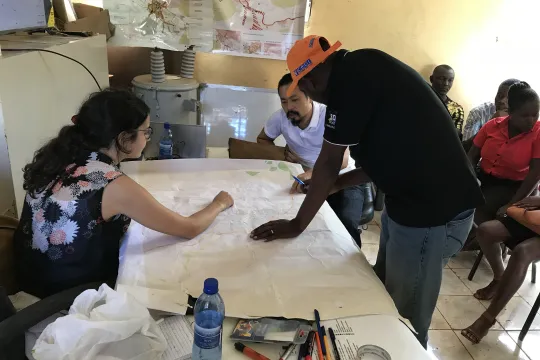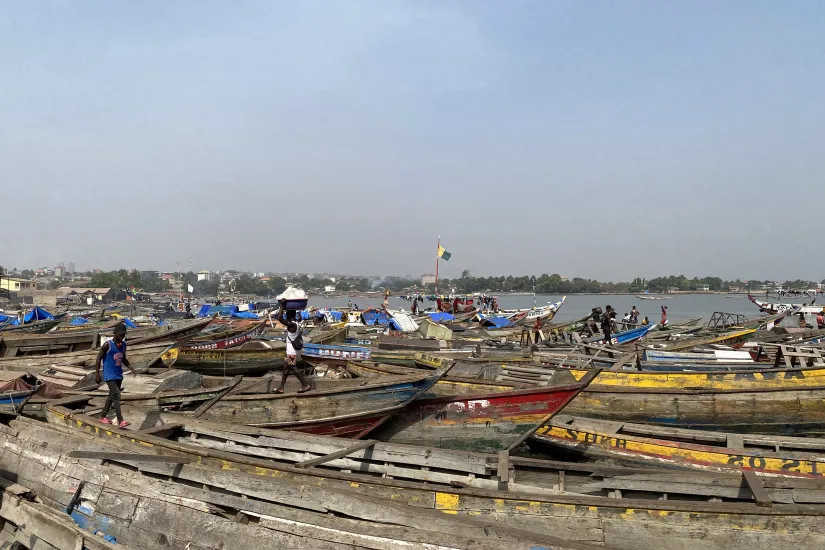
CKY Port of Bonfi @LaureGarel
Introduction
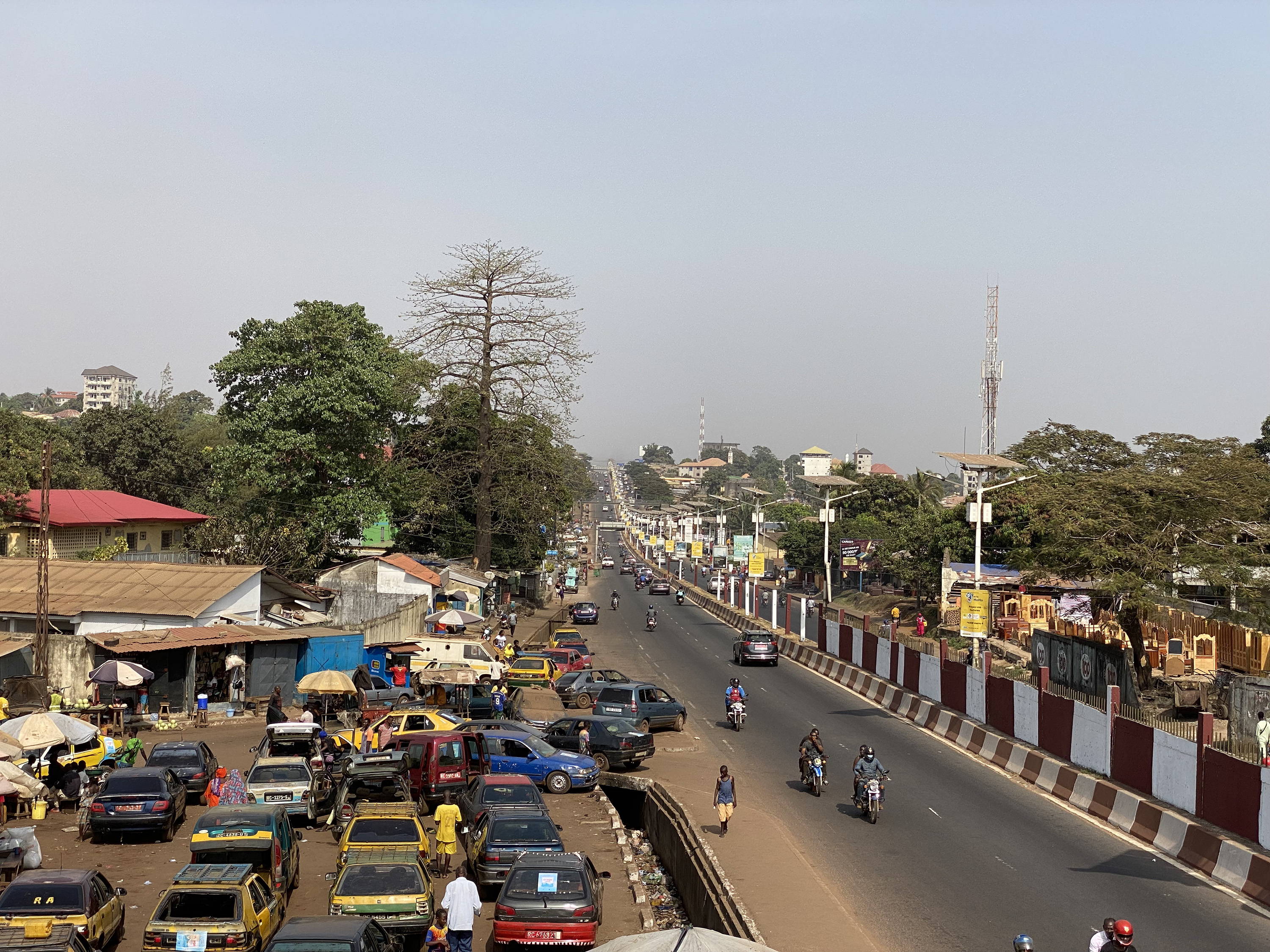
Guinea has recently started its urbanisation process without any planning measures to ensure a sustainable development. The capital, Conakry, is receiving most of the internal migration due to a shortage of jobs and services in the rest of the country. This migratory influx results in the development of unplanned neighbourhoods around the capital, which is a very common landscape in many urban agglomerations in Africa. These settlements are generally made of precarious and unhealthy dwellings lacking public services as well as a proper sanitation system.
To reverse this situation and improve the ongoing urbanization process, there is the urgent need to introduce planning policies which is the main objective of the SANITA - Villes Durables project. This project is financed by the European Union and aims to strengthen urban governance [IS(1] at the national and local levels. It includes a regional master and two detailed plans with the objective to achieve a balanced socio-economic development while ensuring environmental protection.
Context and background
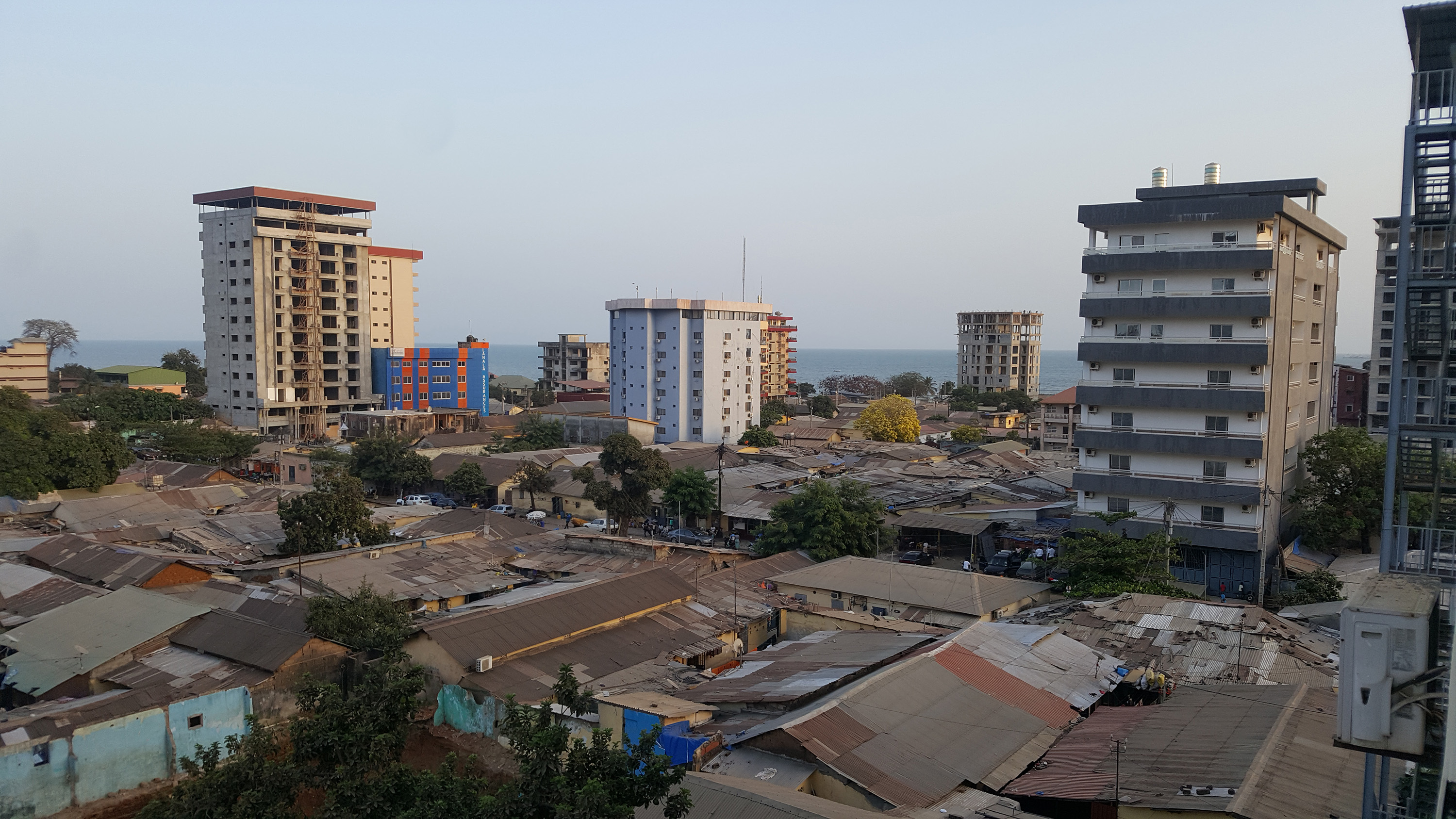
Conakry, the capital and biggest city of the country, has approximately 1,7M inhabitants (2014) and 3M in its metropolitan area, being by far the biggest city in the country. The predictions are that this population will double by 2040, with 6M inhabitants in the metropolitan area.
In this context of rapid growth, Great Conakry faces several challenges, including inadequate planning policies and law enforcement strategies. This, combined with poor coordination between sectors, leads to an uncontrolled urban development and a significant deficit in urban management and sanitation.
Furthermore, Great Conakry is located on large coastal line, with the presence of mangroves and delta areas where the urbanisation is progressing without any control measures. This trend, if not reversed, will amplify the vulnerability of the region to the effects of climate change and put the population at risk.
Plan and process
Even though metropolitan planning is quite different from city planning, the development process is quite similar and was inspired by the steps of Our City Plans. For example, more than 20 participative activities were conducted, from participatory workshops with governmental stakeholders and civil society to meetings with the communities to develop the detailed plans.
At the starting point of the project, Great Conakry had already been provided with the Grand Conakry Vision 2040. Therefore, in this case the planning process began following the guiding principles already established by the vision - to rebalance the metropolitan area to support the development of the intermediary cities. Subsequently, three scenarios were developed and the chosen one became the base of the conceptual plan. Finally, the regional master plan was developed supported by a list of prioritized investments together with their costs.
Resource for the development of Our City Plans
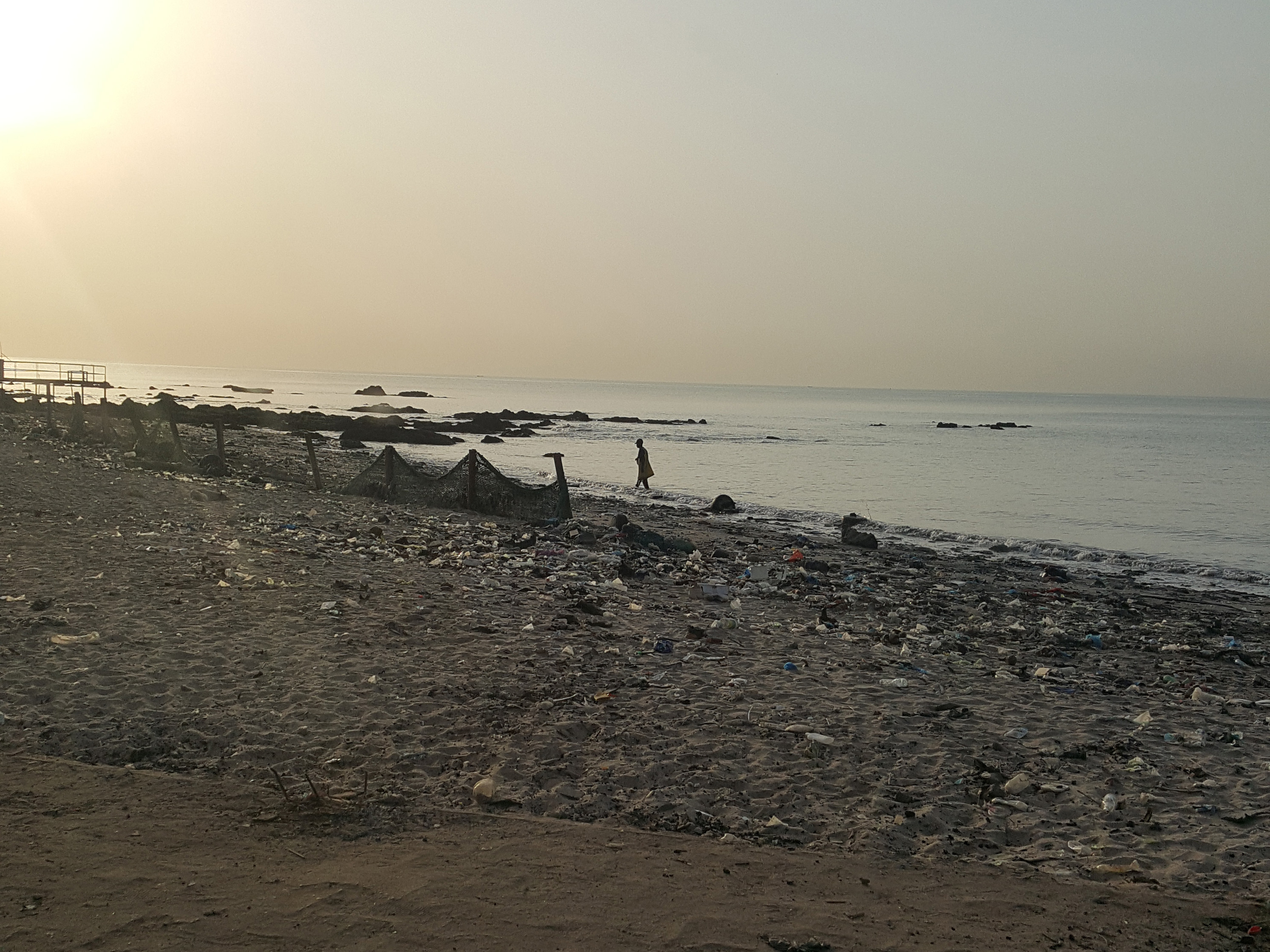
The main innovation of this project is that it includes a consolidated list of investments to be accomplished to ensure the implementation of the metropolitan master plan. Firstly, the investments were prioritised considering the vision 2040 strategic objectives and the financial and technical feasibility of each project. Secondly, a road map was created to identify the institutional process for executing the different projects, key to ensure the effective implementation of the plan in the future.
Furthermore, another feature of the project, is that it was developed parallelly at two different scales, metropolitan and local, ensuring the coherence between all planning documents. While the metropolitan plan was setting general guidelines to be transposed to the neighbourhood level, the planning process of the detailed plans helped to test the implementation of the metropolitan regulations at the local level.
Results
Once the master plan and the two detailed plans are approved, the government of Guinea and the Great Conakry local governments will be able to plan the future development of the region supported by a document that summarizes the major investments required to rebalance the territory. Furthermore, the national and local governments will also have access to two detailed plans on the topics of urban regeneration and environmental protection, to be used as examples for future detailed plans in other municipalities.
